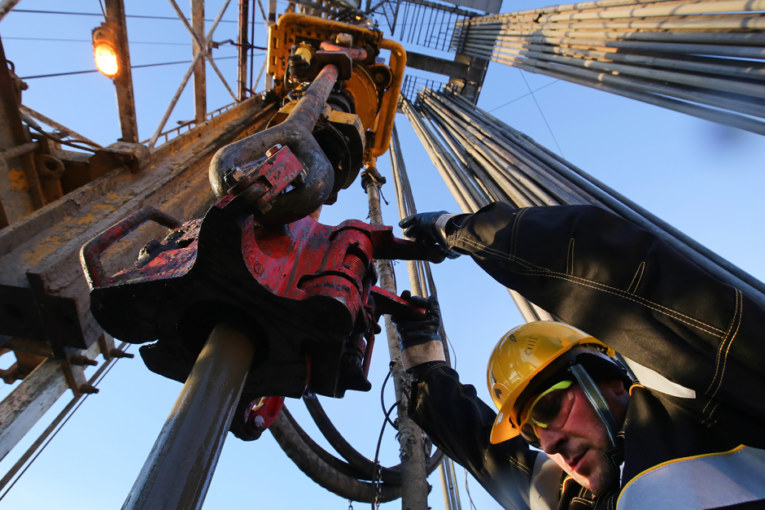
[ad_1]
U.S. oil prices are treading water above US$60 per barrel again — the first time since 2015.
Crude oil has a northerly wind in its sails, though everybody on board this fickle ship is cautious about its compass bearing. Since 2013 we’ve seen the price of a barrel peak to US$110, capsize to US$26, and roll back to US$60.
The gyrations make sense.
Here is what we’ve learned over the past decade:
Above US$80 is too high. Cash flow is ample. Investors gladly fund more drilling rigs. Pump jacks work hard. Too much productive capacity is added. But costs inflate quickly too—competitiveness diminishes within the oil industry, and also encourages alternative energy systems. Consumers become more miserly and demand growth decelerates.
Under US$40 is too low. Cash flows dry up and investors jump ship. Rigs head back to their yards with drooping masts. Costs deflate, rapidly decimating employees and equipment in the service industry. Production begins to decline in marginal regions. State-owned enterprises are unable to pay their ‘social dividends’. On the consumption side, conservation and efficiency lose meaning; consumers revert to guzzling oil like free refills of coffee.
So, simplistically a mid-range price of US$60 per barrel should represent what oil pundits call “market balance.” It’s the elusive price point where daily consumption is equal to production; inventory levels are neither too low nor too high; and economists’ cost curves intersect with demand.
Yet, if there is one thing 160 years of the oil age teaches us, there is no such thing as a mid-range balancing point in oil markets. Everyone either rushes to one side of the ship or the other, almost always at the wrong time.
As in any marketplace, oil producers and consumers respond to price signals. Those on the using end of petroleum products respond to the changing winds of price fairly quickly. On the other hand, much of the world’s big producers are not like nimble sailboats, rather they act like big supertankers that take time to change direction. In other words, the time between investing capital (or not) to realizing changes in production is slower.
Even in the last 10 years, the frequency of price data (WTI) shows clustering around either the US$45 to US$50 per barrel grouping or the US$95 to US$100 per barrel range. Of course, costs have come down significantly, and the shale revolution has not only lowered the cost curve, but also shortened the cycle time of responding to price signals. So, in theory it’s easy to believe that the low end of the price spectrum may be the new norm.
But that’s theory. In the oilfields of the world, much of the changes in cost have been a result of taking margin out of the service industry, something that goes up and down with the same waves that bob price. Further, productivity gains seen in U.S. and Canadian shale plays are not the norm in the world — most oil producing nations are rocking the boat by shutting off oil valves rather than innovating on their processes.
Today’s choppy world of lower extraction costs, process innovation, investor apathy, disruptive alternatives and environmental pressures, have made us skeptical in believing in the possibility of higher prices. And when prices are high our minds become landlocked into thinking about endless demand growth, geopolitics, cartel collusion, steep decline rates and the necessity of high levels of capital investment.
I’m only skeptical of one thing: That world oil markets will balance around US$60 per barrel. Historically, oil prices have not anchored in the calm of mid-ranges for long. So, today’s price is only a way point to US$45 per barrel or much higher.
Peter Tertzakian is Executive Director of the ARC Energy Research Institute in Calgary, Alberta.
[ad_2]
You can read more of the news on source
